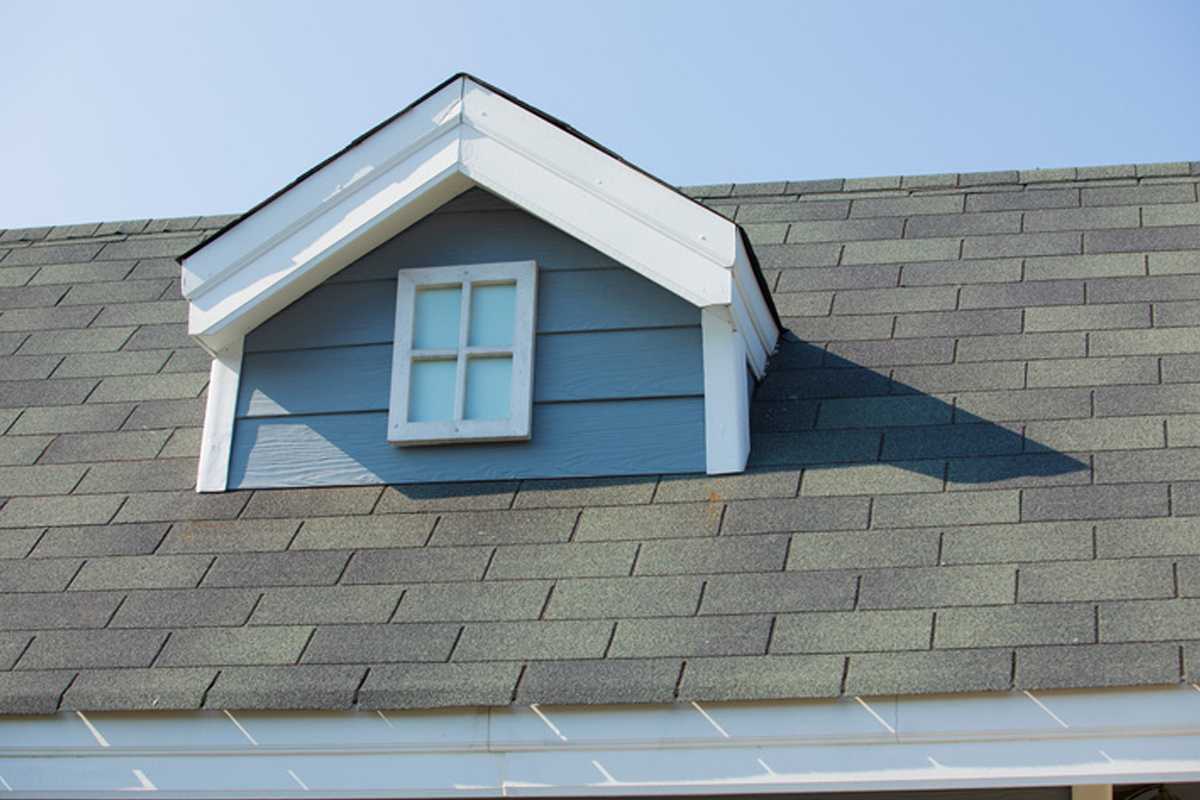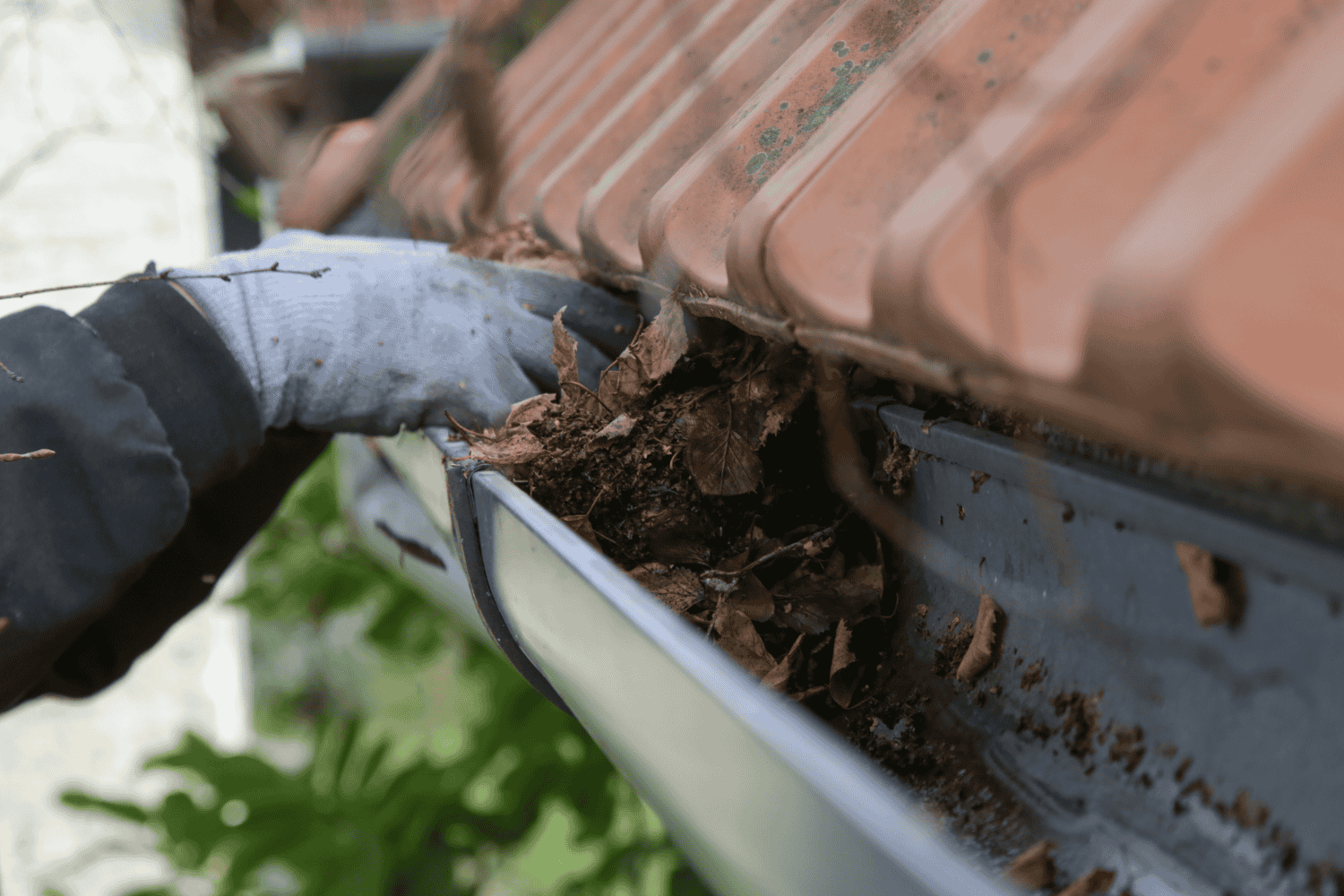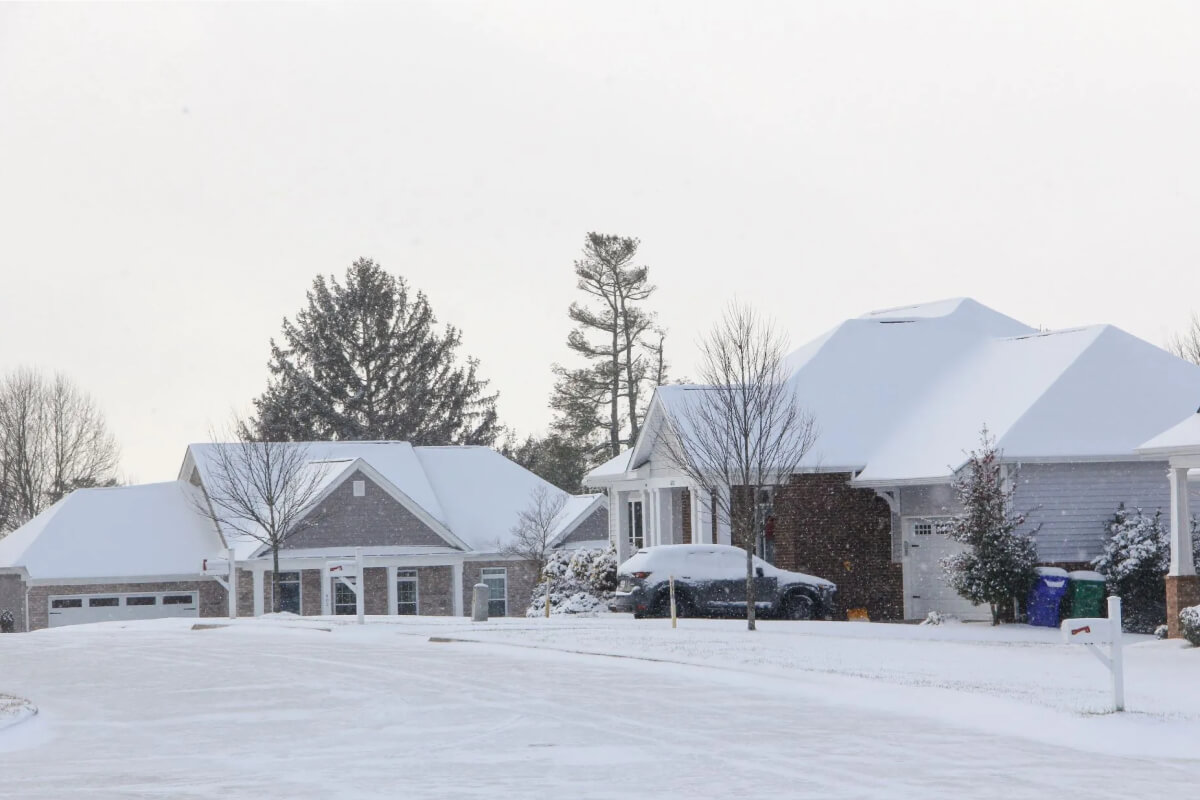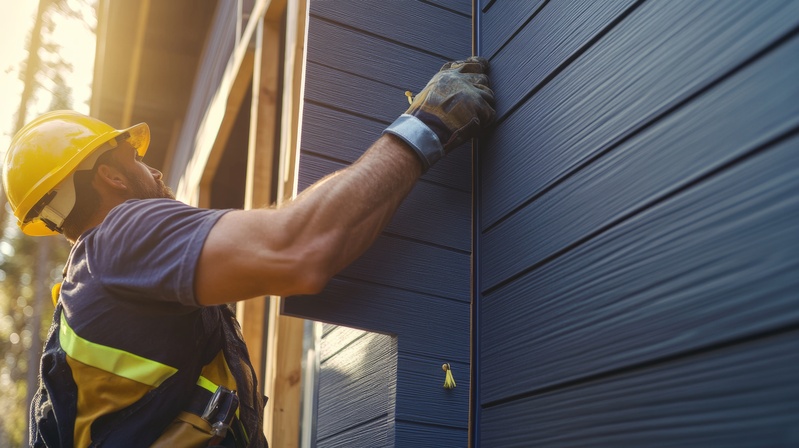Proper roof ventilation isn’t just a technical detail—it’s a vital part of keeping your home comfortable, efficient, and structurally sound, especially in a climate like Kansas City’s. With hot summers, cold winters, and a fair share of storms, your attic needs to breathe. Let’s explore why.
Key Takeaways: Benefits of Proper Roof Ventilation
- Extends the life of your roof by preventing moisture damage
- Reduces energy costs through improved HVAC efficiency
- Helps prevent ice dams and mold growth
- Increases indoor comfort year-round
- Meets Kansas City code and protects home value
1. Prolongs Roof Lifespan
Excess heat and trapped moisture can prematurely age your shingles—especially your roof shingles, whose lifespan is significantly reduced by prolonged exposure to heat and moisture. Proper ventilation allows your roof to stay cool and dry, reducing the risk of warping, cracking, or rot—especially important in areas like Raytown and Lee’s Summit that see a lot of summer sun—while also protecting the roof surface and roof deck from condensation and moisture damage.
A well-ventilated roof system and roofing system are less likely to require frequent roof repairs, as proper airflow helps prevent damage and preserves the integrity of your entire roof.
Learn more about our roof replacement services in Kansas City
2. Reduces Cooling Costs
Without adequate ventilation, heat builds up in your attic, leading to higher cooling bills as your HVAC system is forced to work harder. This not only increases your energy bills but can strain your air conditioning system over time by increasing its workload. Ventilation acts as a pressure release, lowering attic temps by up to 30°F in peak summer.
3. Prevents Mold and Mildew
Inadequate airflow leads to condensation—a major culprit in attic mold growth—when humid air rises into the attic. Mold not only affects structural integrity but also your indoor air quality. Attic ventilation systems can passively circulate air, helping to prevent mold and mildew by allowing natural airflow to move moisture out. With Kansas City’s humid springs, ensuring air circulates through your attic helps mitigate this health hazard.
4. Protects Against Ice Dams
In winter, especially in cold climates where snow and ice buildup are common, warm air escaping into the attic can melt snow on the roof. This water refreezes at the eaves and the roof’s edge, forming ice dams that damage shingles and gutters through a process known as ice damming. Ventilation maintains a uniform roof temperature, and by allowing cold air into the attic, it helps prevent ice damming. Inadequate roof ventilation is a leading cause of ice damming in cold climates.
5. Improves Indoor Comfort
Balanced attic airflow helps regulate temperatures throughout your home by managing the movement of hot and cold air, keeping upstairs rooms from turning into saunas in the summer or iceboxes in the winter.
Homeowners in Blue Springs and Shawnee often notice more even temps year-round after ventilation upgrades, along with improved air circulation and the introduction of fresh air for greater comfort.
6. Enhances Energy Efficiency
Proper ventilation works hand-in-hand with insulation to optimize your home’s energy performance and maintain optimal temperature and humidity levels in the attic. By preventing heat buildup and allowing moisture to escape, it keeps your home naturally temperate, reducing your reliance on mechanical systems; modern ventilation systems and roof ventilation systems also contribute significantly to overall energy efficiency.
7. Meets Building Codes and Increases Value
Kansas City building codes require specific ventilation ratios, which are calculated based on the square feet of attic, attic floor space, and attic floor measurements. A properly ventilated roof, with proper roof venting and adequate intake ventilation, not only ensures compliance but also signals to potential buyers that your home is well-maintained, boosting resale value.
How Roof Ventilation Works
Proper attic ventilation is all about creating a continuous flow of air through your attic space. This process starts with intake vents—most commonly soffit vents—installed along the roof’s edge. These vents draw in cooler air from outside, which then moves through the attic, picking up heat and moisture along the way. As warm air rises, it naturally seeks an escape route, which is where exhaust vents like ridge vents come into play. These are installed at the peak of the roof and allow hot air to exit, preventing it from getting trapped.
A balanced attic ventilation system relies on the right combination of intake and exhaust vents to maintain optimal temperature and moisture levels. When your attic is properly ventilated, you reduce the risk of moisture buildup, which can lead to mold, rot, and costly repairs. At the same time, you’re helping your home stay cooler in the summer and drier in the winter, which improves energy efficiency and lowers energy costs. Plus, by keeping the air moving, you’re also supporting better indoor air quality throughout your living space.
9. Types of Roof Vents
There are several types of roof vents designed to provide proper ventilation for your attic, each with its own advantages. Soffit vents are installed under the eaves and serve as the primary intake for cool air. Ridge vents run along the roof’s peak and act as a continuous exhaust, letting hot air escape efficiently. Gable vents are placed on the exterior walls of the attic and can help with cross-ventilation, especially in homes with gable-style roofs.
For homes that need a little extra help moving air, power vents use electric fans to actively expel hot air, while box vents (also known as static vents) are simple, non-mechanical options that allow hot air to rise and exit passively. The best roof vent for your home depends on factors like roof shape, attic size, local climate, and the type of roofing materials you have. Choosing and installing the right combination of roof vents ensures adequate ventilation, helps prevent moisture buildup and excessive heat, and can significantly improve indoor air quality and reduce energy costs.
Signs of Poor Roof Ventilation
Recognizing the signs of poor roof ventilation early can save you from expensive repairs and ongoing discomfort. If you notice your energy bills creeping up, especially during extreme temperatures, it could be a sign that your attic ventilation isn’t working as it should. Ice dams forming along your roof’s edge in winter, or water stains appearing on your ceiling, are also red flags that hot air and moisture are getting trapped in your attic space.
Other indicators include mold growth, musty odors, or shingles that appear warped or damaged. Poor attic ventilation can also lead to wood rot and damp insulation, both of which compromise your home’s structure and indoor air quality. If you spot any of these issues, it’s important to have your roof ventilation system inspected and addressed promptly. Regular maintenance and timely upgrades will help keep your attic properly ventilated, improve your home’s energy efficiency, and protect your investment for years to come.
FAQs
How do I know if my roof is properly ventilated? Look for signs like high attic temps, mold, musty odors, or frequent HVAC cycling. A professional inspection can confirm airflow adequacy.
Is roof ventilation necessary in winter? Yes—ventilation prevents condensation and helps avoid ice dams, both of which are winter-specific threats.
What types of roof vents are best? Ridge vents combined with soffit vents provide continuous airflow. Attic fans can also be used for added ventilation.
Can I add attic ventilation to an existing roof? Absolutely. Many Kansas City homeowners retrofit their roofs with ridge or gable vents to enhance ventilation.
Does roof ventilation affect home value? Yes. A well-ventilated roof reduces maintenance costs and appeals to energy-conscious buyers.
Get Expert Help
Proper ventilation starts with expert evaluation and installation. Bordner Home Improvement offers risk-free attic inspections and custom roof ventilation solutions backed by nearly 40 years of Kansas City expertise.
Protect your home year-round with expert roof ventilation in Kansas City. Schedule your free estimate today.





